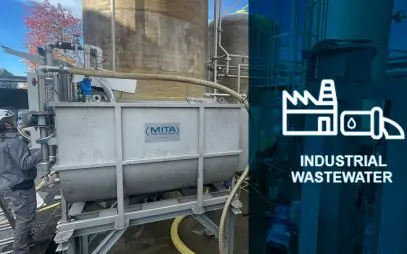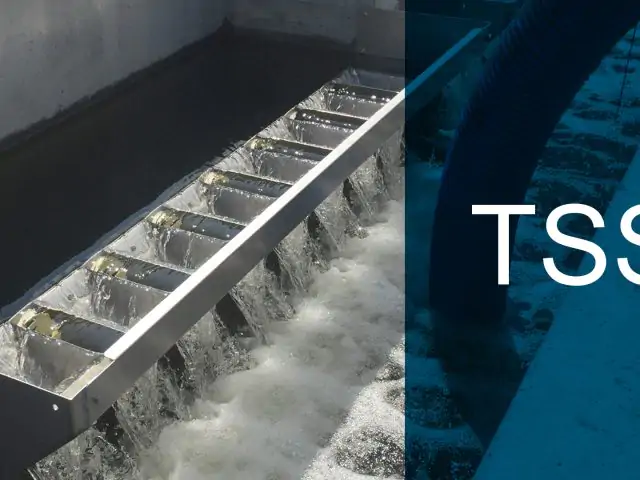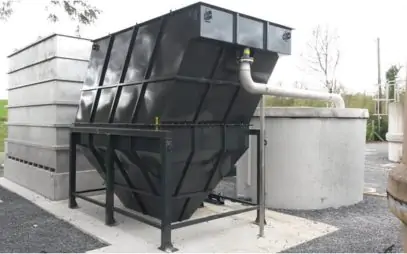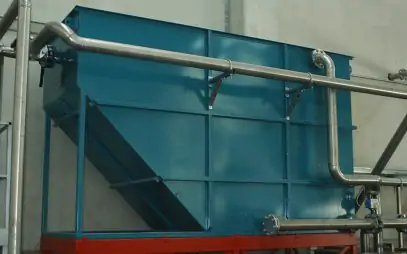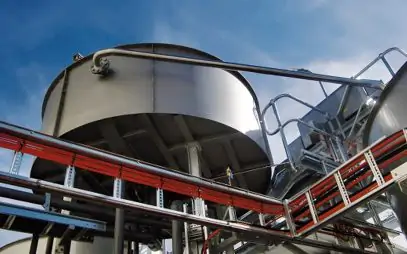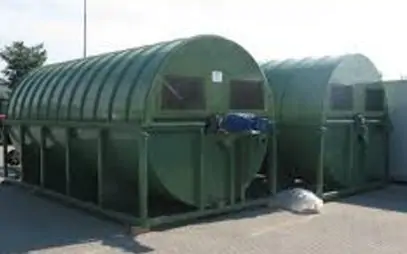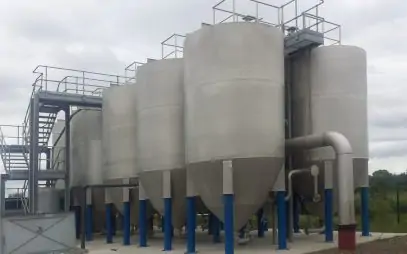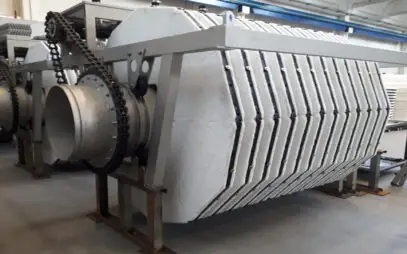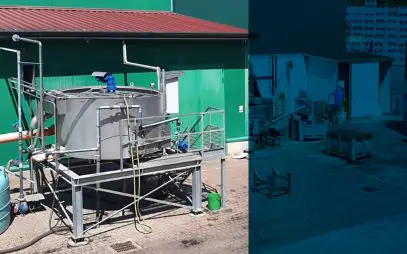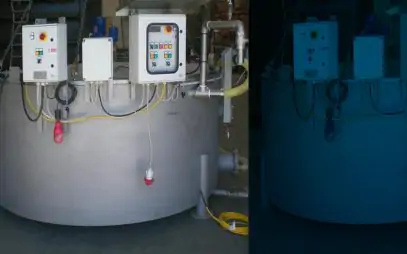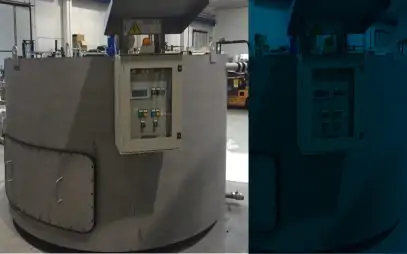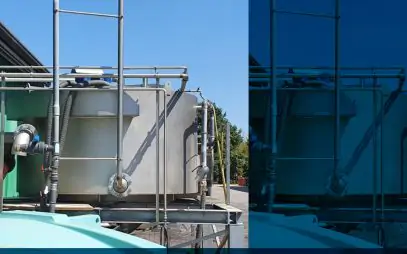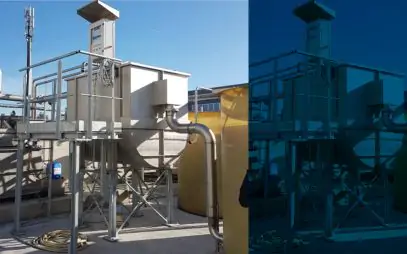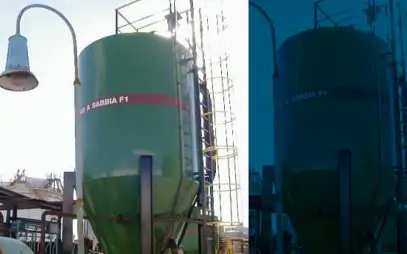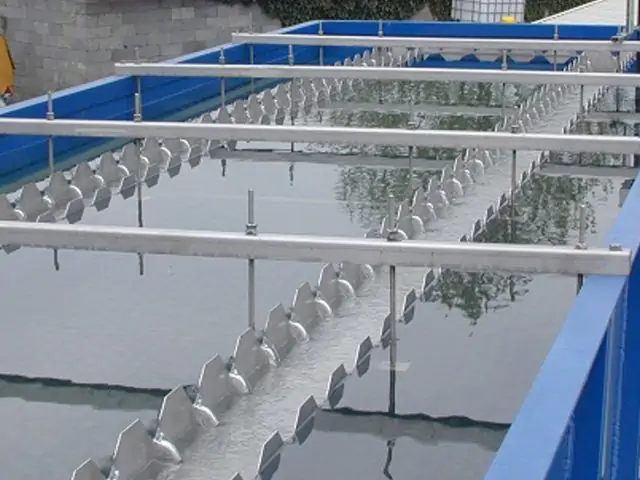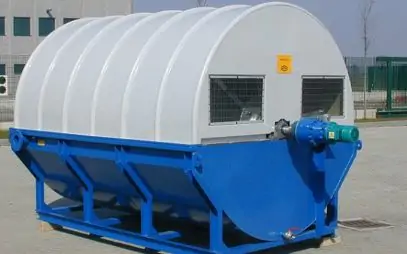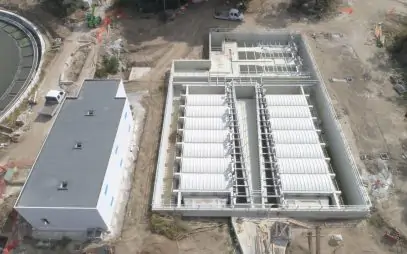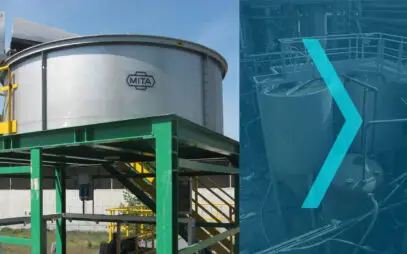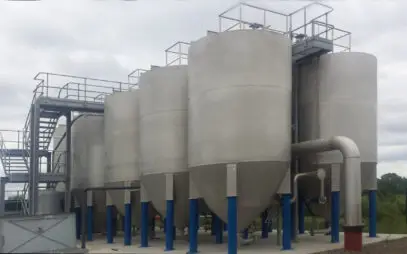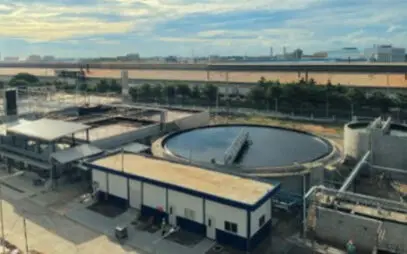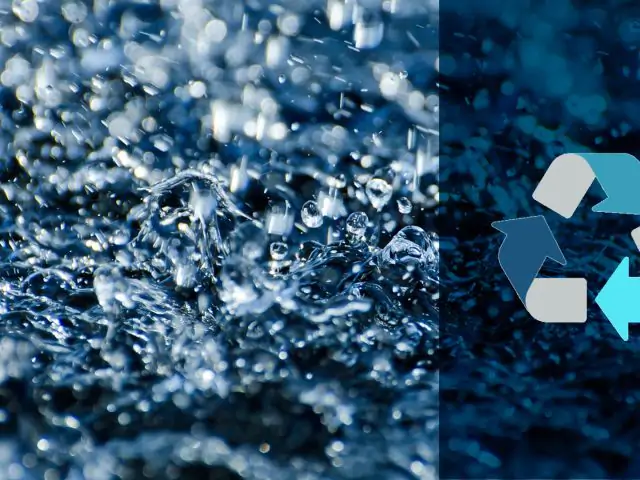
Primary, Secondary, Tertiary Treatments of industrial wastewater

Primary Treatments of Wastewater
This is the first stage of civil water purification: primary treatments (such as desanding, de-oiling, settling) are responsible for removing the "coarse" component of the effluent. Simplicity and reliability are the advantages required by these solutions, especially considering that the quality of the treated water will affect the operation of downstream technologies.

Secondary Wastewater Treatment
COD, BOD, nitrogen and phosphorus undergo a net removal process through secondary treatments. Aerobic and anaerobic bacteria are the active player in this biodegradation, which returns an effluent ready for finishing tertiary systems. Biodiscs and other compact plants show great ease of operation at this stage.

Tertiary Treatments of Wastewater
A fining process, which refines the removal of nutrients in the effluent: tertiary wastewater treatments are particularly important processes, as they really ensure the user meets stringent regulations in terms of spills into water bodies. Many technologies in the field, including deep filtration of wastewater: high treatment yields, low resource utilization.


